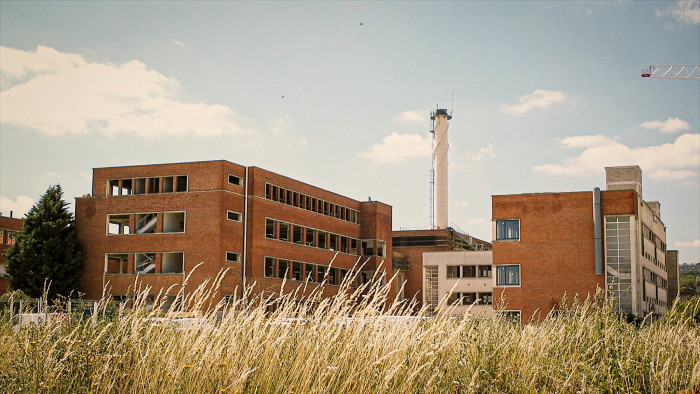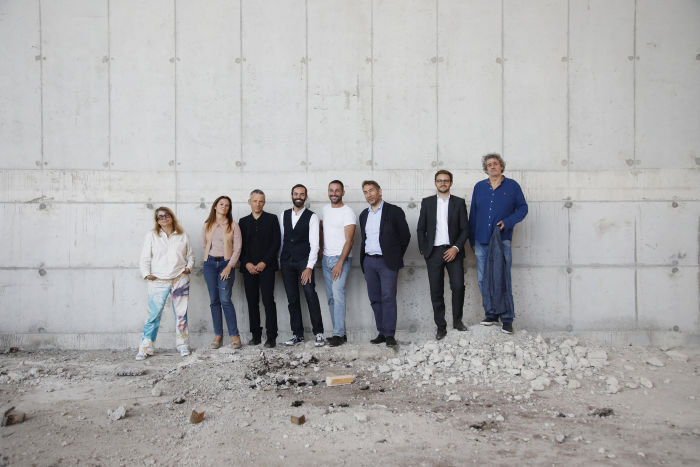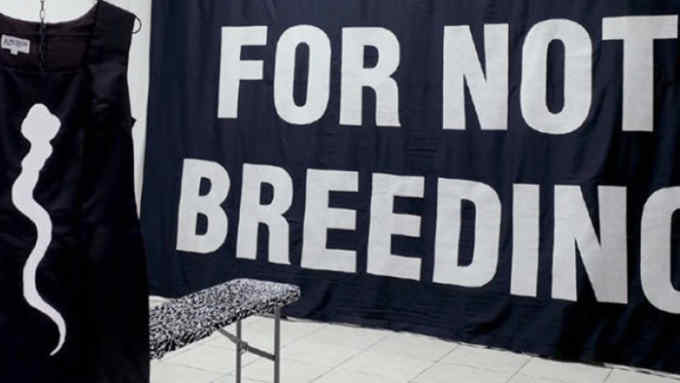Komunuma in Paris: the new initiative moving art to the suburbs

Roula Khalaf, Editor of the FT, selects her favourite stories in this weekly newsletter.
Paris has always been very centralised, and in the past many Parisians considered that going outside the “Périph’” — the Boulevard Périphérique which rings the capital — was a major trek. But all that is changing.
In 2012, Gagosian and Thaddaeus Ropac established huge new art galleries in the north and north-eastern suburbs of Paris — in Le Bourget and Pantin respectively. This month, a new art-and-culture complex — Komunuma — is being inaugurated in Romainville, a few kilometres outside Paris and near the Ropac gallery in Pantin.
Komunuma — meaning community or commune in Esperanto — is the initiative of Fondation Fiminco, a non-profit foundation created by the property promoter of the same name. It aims to create a new “arts quarter”, comprising artists’ residences, studios, commercial art galleries and an immense exhibition hall.
The location offers something that cramped Paris can’t — 11,000 sq m, spread over four buildings, one boasting 14m ceilings. The complex, which was once a pharmaceutical factory, was built in the 1940s in the characteristic style of the time: orange brickwork for one building, a huge glass wall for another. The refurbishment will cost Fiminco about €15m and the foundation will cover annual running costs of €1.5m.
“Paris can grow, and indeed it must grow,” says the foundation’s director-general Joachim Pflieger. “This is quite a new model for France, because we see public and private activities working together.”
From the private sector come four commercial art galleries. Air de Paris, Sator, Jocelyn Wolff and In Situ Fabienne Leclerc are launching in the complex on October 20, the last day of Paris’s leading art fair, Fiac. In Situ and Air de Paris are moving their whole operations to Romainville, while the other two are adopting a more “toe-in-the-water” approach, keeping spaces open in the centre of Paris.
“What is remarkable about the whole project is that it offers a wide range of cultural activities,” says Fabienne Leclerc of In Situ.

Indeed, as well as the four galleries, there will be a public institution, the new Paris branch of the Frac Île-de-France (Fonds régional d’art contemporain), as well as the artists’ association Jeune Création, which holds shows of work by its members. From December 2020 these will be held in Romainville.
Frac holds a public art collection numbering some 1,700 artworks, which will be stored in a purpose-built edifice in the complex, due to open in September 2020. The public will have access to the trove: following a model already used in other French museums, Frac will ask the public to choose works of art from its database, which will then be put on view.
A particularly popular aspect of the whole Fiminco project has been the residencies: 18 artists from 12 countries have been selected, out of an astonishing total of 550 applications. They will get free housing for a year, use of the shared spaces and the various studios, a stipend and, most importantly, they may be able to exhibit their works in a huge space, called La Chaufferie, at the end of the residency.
I ask whether the location, outside Paris, will be a hindrance for visitors. “Not at all,” says Leclerc. “The new complex is five minutes from a metro stop; all the galleries will be open on Sundays, and if I can bring visitors to my gallery near Stalingrad, in the north of Paris, I am sure they will also come to Romainville!”
In any case, the four art galleries hope they will not be alone for long. Pflieger says they are actively seeking more foreign galleries to join.
“With the Brexit situation, I feel sure that the project will be attractive to many international dealers.”
Follow @FTLifeArts on Twitter to find out about our latest stories first. Listen and subscribe to Culture Call, a transatlantic conversation from the FT, at ft.com/culture-call or on Apple Podcasts

Comments